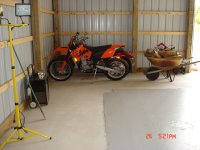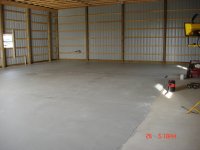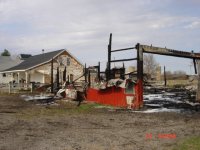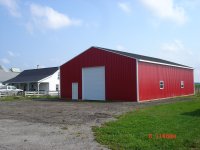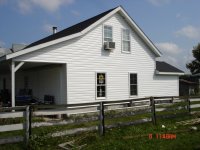mjncad
Super Member
I was a piping and mechanical designer, yet I also was farmed out to a number of structural engineers during crunch times. Every concrete structure I worked on had a requirement that the rebar/remesh have a minimum of 3" of concrete cover, including the ends. This was done to minimize water infiltration into the slab and additional rusting of the reinforcement should the concrete edges suffer damage. So with a 6" slab, that means the reinforcement is in the middle. The same with a 4" slab, although that means the concrete cover is 2" nominal.
Now if you are talking thicker concrete structures, then the reinforcement was towards the outside; but still has a minimum of 3" of cover.
So I will stick to having reinforcement in the middle of a 4" - 6" slab.
Now if you are talking thicker concrete structures, then the reinforcement was towards the outside; but still has a minimum of 3" of cover.
So I will stick to having reinforcement in the middle of a 4" - 6" slab.
